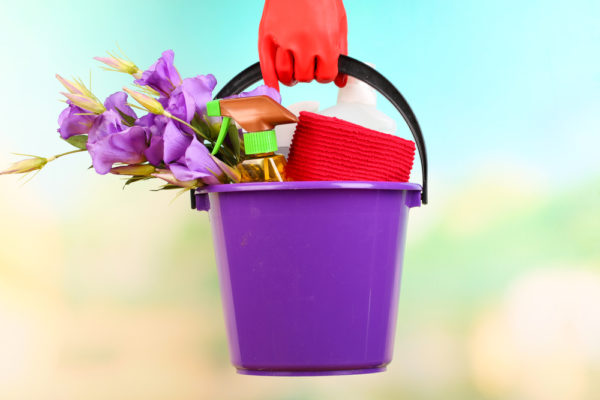Your home may look neat and organized, but it can harbor lots of unseen dust, mold, germs, and bacteria if you’re not careful. Some of the dirtiest parts of your Savannah, Georgia, home are also the most overlooked. Check these areas to see what you’re missing.
Shine up the Sink
The sink is one of the dirtiest parts of your home, coming into contact with raw food, bacteria, and germs throughout the day. Get on a regular schedule of cleaning everything in and around the sink. Scrub your sink daily with a paste made from baking soda, vinegar, and salt. Clean your sponges by running them through the dishwasher when you wash your dishes. Wipe down the faucet and handles with antibacterial wipes. Clean out the faucet itself every few months by removing the aerator and soaking it in vinegar.
Clean off the Counters
Nearly a third of kitchen counters have coliform bacteria, and 18 percent harbor some type of mold. You should wipe down the countertops with a solution of bleach and water or another antibacterial cleanser at least once a day. You should also wipe down your counters immediately following food prep, particularly if it involves raw meat.
Wash Your Toothbrush Holder
It’s easy to overlook this one small item, but when you think about what it does, you’ll want to pay more attention to it. Your toothbrush holder is responsible for corralling the very items that you and your family put in your mouths each morning. In one test, 27 percent of toothbrush holders were harboring coliform while 14 percent had staph and 64 percent were home to mold and yeast.
The easiest way to clean your toothbrush holder is to toss it in the dishwasher twice a week. Opt for an open cup rather than a closed container that only has small holes in the top. This will make it easier to get the germs out.
Knobs, Handles, and Switches
You’re touching door handles, light switches, and cabinet knobs all day long, but you may not think about what’s lingering on those surfaces. These are prime spots for bacterial growth and germy visitors. Go through the home and wipe off these surfaces at least once a week. If going through the entire home seems a bit daunting, assign a different room to each day of the week. This job is quick and easy, so you can even assign it to younger members of the family who may enjoy wiping things down on a frequent basis.
Carpets
If you have carpeting in your home, these deep fibers can wreak havoc on your indoor air quality. Vacuuming will get rid of some of the dust mites, mold spores, and dirt in the carpet, but it can also stir things up if you don’t have a good vacuum. Use one with a HEPA filter for best results. If possible, upgrade to hard floors.
Address Your Air
You can’t see the air in your home, so it’s easy to overlook cleanliness in this area. Low indoor air quality (IAQ) can lead to itchy eyes, headaches, a persistent cough, and other health problems. You should change the filter in your HVAC system once every one to three months to keep your air as clean as possible. This will also improve the energy efficiency of your system, so you can keep the home at a comfortable temperature at a minimum expense.
If you’re still struggling with symptoms of poor IAQ, you can invest in additional products and services that will help clean your air. Air cleaners and ultraviolet lamps will remove mold, germs, and bacteria from the air. A humidifier will control moisture levels so you can breathe more comfortably, while a ventilator will help bring in fresh air from outdoors.
If you want a professional hand cleaning up the air in your home, contact Byrd Heating and Air Conditioning at 912-373-8447. We can help you clean and maintain your home comfort systems so you can breathe easy in a fresh home.
Image provided by Shutterstock




